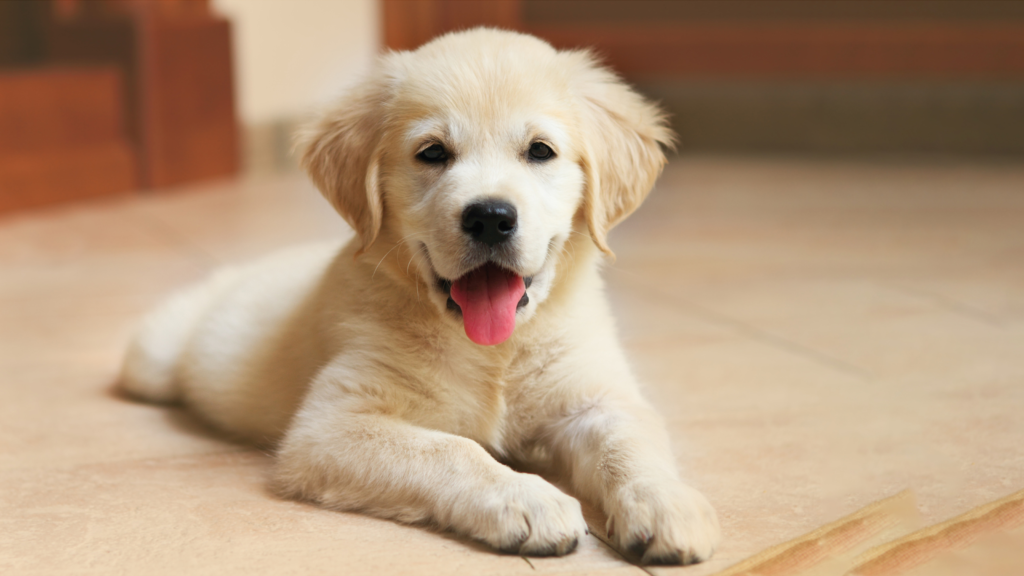
When a dog experiences an anterior cruciate ligament (ACL) injury, it can be a challenging and painful experience for both the dog and their owner. Fortunately, advancements in veterinary medicine have led to the development of specialized dog ACL braces that can provide support and aid in the recovery process. In this article, we will explore the benefits of dog ACL braces, how they work, and their role in helping dogs regain mobility and quality of life following an ACL injury.
Understanding Dog ACL Injuries:
The ACL is an important ligament that stabilizes the knee joint in dogs, allowing for smooth and controlled movement. However, strenuous activities, sudden changes in direction, or aging can lead to ACL tears or strains in dogs. These injuries can cause pain, lameness, and difficulty in walking or bearing weight on the affected leg.
The Role of Dog ACL Braces:
Dog ACL braces, also known as knee braces or stifle braces, are designed to provide stability, support, and protection to the injured knee joint. They are typically made of lightweight, breathable materials and are specifically contoured to fit the anatomy of a dog’s leg. Here are some key benefits of using a dog ACL brace:
- Stability and Support: The primary function of an ACL brace is to provide stability and support to the injured knee joint. It helps reduce excessive movement and prevents further damage, allowing the ligament to heal properly.
- Pain Relief: Dog ACL braces can help alleviate pain and discomfort associated with ACL injuries. By providing compression and gentle pressure to the affected area, they help reduce inflammation and promote healing.
- Increased Mobility: ACL braces can improve a dog’s mobility by allowing controlled movement and weight-bearing on the affected leg. This is particularly important during the recovery phase when the dog needs to gradually regain strength and range of motion.
- Rehabilitation Aid: In addition to stabilizing the knee joint, ACL braces can also assist in the rehabilitation process. They provide proprioceptive feedback, which helps dogs develop better body awareness and improves their ability to navigate uneven surfaces.
- Non-Surgical Option: While surgery may be necessary for severe ACL injuries, dog ACL braces can serve as a non-surgical treatment option for less severe cases or for dogs who may not be ideal candidates for surgery due to age or health conditions.
Choosing and Using a Dog ACL Brace:
When considering a dog ACL brace, it is important to consult with a veterinarian or a veterinary orthopedic specialist. They can evaluate the severity of the ACL injury and recommend the most suitable brace for your dog’s specific needs. Here are some general tips for using a dog ACL brace:
- Proper Fit: Ensure that the brace fits your dog properly. It should be snug but not too tight, allowing for comfortable movement and proper blood circulation. Follow the manufacturer’s guidelines or consult with a professional to ensure the correct size and fit.
- Gradual Introductions: Introduce the brace to your dog gradually, allowing them to get accustomed to wearing it. Offer positive reinforcement, such as treats and praise, to create a positive association with the brace.
- Regular Monitoring: Monitor your dog’s comfort and mobility while wearing the brace. Check for any signs of irritation or discomfort, and adjust the brace if necessary. It is important to remove the brace during periods of rest and when your dog is unsupervised.
Dog ACL braces can play a valuable role in supporting the recovery and rehabilitation of dogs with ACL injuries. They provide stability, support, and pain relief while promoting mobility and a faster healing process. However, it is essential to consult with a veterinarian or specialist to ensure the proper diagnosis and selection of the right brace for your dog’s specific condition. When used appropriately, dog ACL braces can significantly improve a dog’s quality of life during the healing process and help them regain their normal activities and mobility.